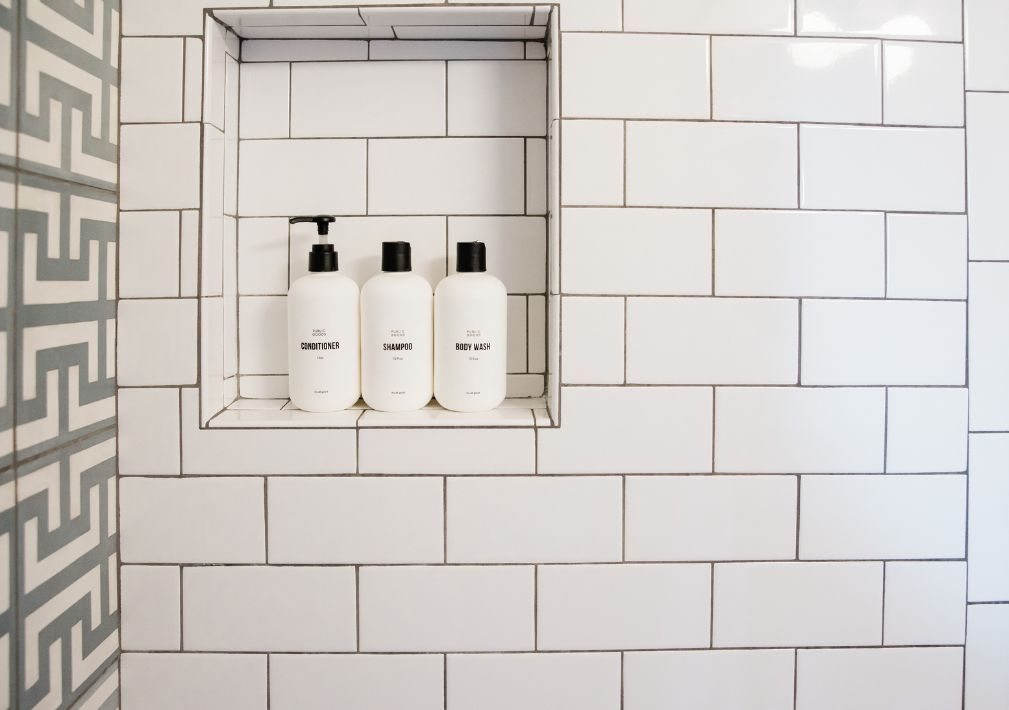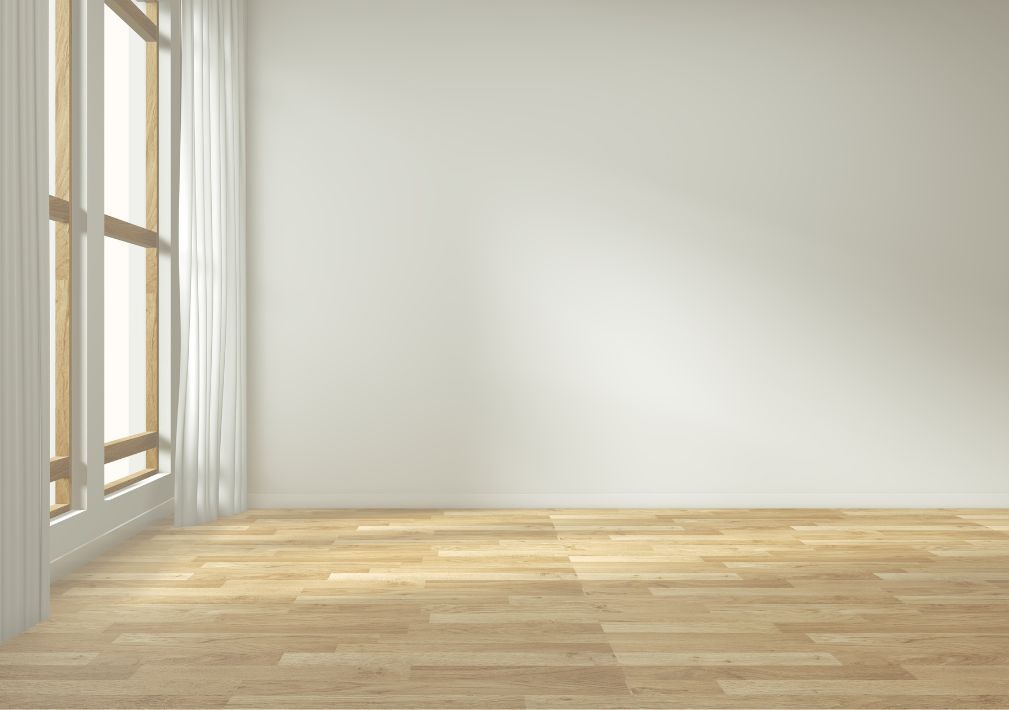How to Clean Tile Floors

Keeping tile floors clean is essential to maintaining their appearance and longevity. Proper tile cleaning removes dirt, prevents grime buildup, and keeps your floors looking brand new. Whether you have ceramic, porcelain, or natural stone tiles, following the right maintenance routine is key to preserving their beauty. Investing time in cleaning not only enhances aesthetics but also improves the air quality of your home, making it a healthier environment for your family.
Why Tile Cleaning is Important
Tile floors are a durable and stylish choice for homes and businesses, but they require consistent care. Without proper tile cleaning, floors can accumulate dirt, stains, and bacteria, leading to a dull and unhygienic surface. Here’s why routine tile maintenance matters:
- Prevents dirt and grime buildup: Regular cleaning helps remove surface dust and debris, reducing wear and tear.
- Enhances floor durability: Well-maintained tiles last longer and resist cracks and chipping.
- Improves indoor air quality: Tile surfaces can harbor allergens if not cleaned properly.
- Maintains the beauty of tiles: Consistent care prevents discoloration and fading, keeping your floors looking fresh.
- Protects against microbial growth: Mold and mildew can thrive in damp environments, particularly in grout lines. Regular cleaning minimizes health risks associated with bacterial buildup.
- Increases property value: Clean, well-maintained tile floors add to a home’s appeal and can improve resale value.
The Best Methods for Tile Cleaning
Daily Sweeping and Dusting
Dirt and debris can scratch tile surfaces over time, especially in high-traffic areas. Dust, sand, and small particles get tracked in from outside and can wear down the protective glaze on tiles if left unchecked. Regular sweeping prevents this buildup and extends the lifespan of your floors. Use a microfiber dust mop or a soft-bristle broom to remove particles from your floors daily. If you have pets, consider using a vacuum with a brush attachment to remove pet hair and dander efficiently.
Best Practices for Sweeping and Dusting:
- Use a dry microfiber mop for dust removal.
- Avoid using stiff bristles that can scratch tile surfaces.
- For deep crevices, use a handheld vacuum with a soft brush attachment.
- Sweep high-traffic areas twice a day to prevent buildup.
- Shake out mats and rugs frequently to remove trapped debris before it reaches the tile surface.
- If possible, implement a no-shoes policy to reduce dirt and debris entering the home.
- Use door mats both inside and outside to capture dirt before it reaches your tile floors.
- Regularly clean under furniture and along baseboards where dust accumulates.
Weekly Mopping with the Right Cleaning Solution
Using the wrong cleaning products can damage tile surfaces. For best results, use a pH-neutral cleaner designed for tile floors. Avoid bleach, ammonia, and acidic solutions, as they can degrade grout and tile glaze over time. Regular mopping not only cleans the floor but also helps remove bacteria, allergens, and sticky residues that sweeping alone cannot address.
Steps to Mop Tile Floors:
- Fill a bucket with warm water and add a tile-safe cleaner.
- Dip a microfiber mop into the solution and wring it out.
- Mop in a circular motion, covering all areas evenly.
- Rinse with clean water to remove any residue.
- Dry the floor with a soft cloth to prevent water spots.
- Avoid over-wetting the floor, as excess water can seep into grout and cause damage over time.
- Rotate between mopping directions to remove stubborn dirt from textured tiles.
- Change mop water frequently to prevent spreading dirt across the surface.
- Spot clean spills immediately to prevent long-term staining or damage.
- If you have underfloor heating, ensure the floor is completely dry to prevent moisture damage.
If your tiles are high-gloss, using a steam mop can help achieve a streak-free shine. For textured tiles, use a brush mop to clean crevices effectively.
Deep Cleaning for Stubborn Stains
Over time, dirt and grease can become embedded in tiles and grout, requiring more than routine mopping. Spilled drinks, tracked-in mud, and bathroom humidity can cause discoloration that won’t easily come off with daily cleaning. Voda Cleaning & Restoration provides professional deep-cleaning services that remove stubborn stains without damaging tile surfaces.
Common Stains on Tile Floors and How to Handle Them
- Grease stains: Found in kitchens, these should be cleaned using an alkaline tile-safe degreaser.
- Hard water stains: These appear in bathrooms and require a professional-grade cleaner to dissolve mineral buildup.
- Mold and mildew: Found in grout lines, these should be treated with an anti-microbial cleaner and sealed to prevent regrowth.
- Wine or coffee spills: If left untreated, they can penetrate the tile surface. Blot spills immediately and clean with a mild detergent.
- Scuff marks from shoes: Use a melamine sponge to gently lift black streaks without harming the tile finish.
- Soap scum buildup: In showers and bathrooms, a vinegar-free tile cleaner is best for removing cloudy film.
- Rust stains: Caused by metal furniture or fixtures, a mild rust remover safe for tile should be used.
Grout Cleaning and Sealing
Grout is porous and absorbs dirt and moisture, making it prone to staining. Over time, unsealed grout can become discolored and difficult to clean. Dirty grout can make even the cleanest tiles look unkempt. Voda Cleaning & Restoration recommends having grout professionally cleaned and sealed to maintain a spotless appearance.
How to Maintain Grout:
- Use a grout sealer to prevent stains and moisture absorption.
- Clean grout lines with a soft brush and a pH-neutral tile cleaner.
- Avoid abrasive scrubbers that can wear down grout over time.
- After shower use, dry grout lines with a microfiber cloth to prevent mildew formation.
- Use a mild baking soda and water paste occasionally to refresh grout lines and maintain their original color.
- Prevent soap scum buildup by using a daily shower spray on tiled walls.
- Ensure grout sealing is redone periodically to keep it protected from stains and moisture damage.
Choosing the Right Professional Tile Cleaning Service
While regular cleaning keeps your tiles in good condition, professional cleaning ensures deep sanitization and stain removal. Over time, cleaning with standard household products may not be enough to remove ingrained dirt, leaving your floors looking worn out. Voda Cleaning & Restoration uses high-powered steam cleaning and specialized cleaning agents to restore tile floors to their original shine.
Benefits of Professional Tile Cleaning:
- Removes deep-seated dirt and stains
- Restores tile shine and grout color
- Prevents premature wear and damage
- Uses advanced equipment for thorough results
- Extends the lifespan of tile flooring, reducing replacement costs
- Eliminates bacteria and allergens that household cleaners may miss
- Saves time and effort compared to DIY methods
- Provides an eco-friendly cleaning option with specialized solutions
The Final Verdict on Tile Cleaning
Tile floors require consistent care to maintain their beauty and durability. By following the right cleaning techniques and relying on experts like Voda Cleaning & Restoration, you can ensure your floors stay pristine.
For professional tile cleaning, trust the experts who know how to bring your floors back to life. Contact Voda Cleaning & Restoration today for a free consultation on tile cleaning services.
Frequently Asked Questions About Tile Cleaning
Why do my tile floors still look dull even after mopping?
This often happens due to cleaner residue left on the surface. Always rinse with clean water after mopping to remove any leftover cleaning solution. If the problem persists, a professional deep cleaning from Voda Cleaning & Restoration can restore the shine.
Is professional tile cleaning safe for natural stone tiles?
Yes, but it requires specialized care. Natural stone tiles, like marble and travertine, need pH-balanced cleaners to avoid damage. Voda Cleaning & Restoration provides customized cleaning solutions tailored to different tile materials.
How can I prevent my grout from discoloring so quickly?
Grout is porous and absorbs dirt easily. Applying a grout sealer every 6-12 months helps prevent stains. Additionally, using a soft brush for regular grout cleaning can extend its lifespan and maintain its color.
More Blogs
Categories


